PDF chapter test TRY NOW
The elements in the periodic table are classified as metals and non-metals based on their physical and chemical properties. There are around \(95\) metals and \(17\) non-metals in the periodic table.
Non-Metals are electronegative elements where they gain electrons to form a stable configuration.
Physical properties of non-metals:
A physical property can be observed and measured without altering the sample's chemical identity. In other words, a physical property can cause a physical change but not a chemical change.
Let's see some of the physical properties of non-metals.
- State
- No- Lustre
- Non- Malleability
- Non- Ductility
- Hardness
- Valency
- Conduction
- Density
- Sonorous
- Melting and Boiling Points
State:
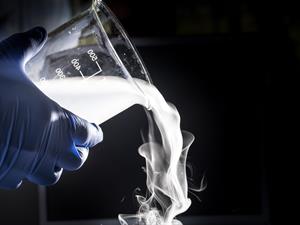
Most of the non-metals exist in all three states of matter at room temperature. For example, carbon (solid), bromine (liquid) and chlorine (gas).
Lustre:
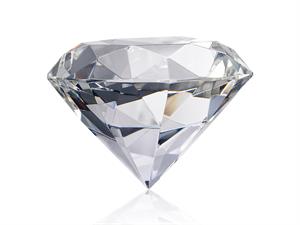
Non-metals have no lustre in nature (as they have no metallic lustre and do not reflect light) except iodine, diamond.
Note: Diamond is a non-metal which is hard and lustre.
Malleability:
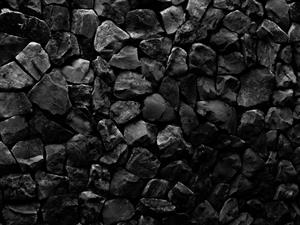
Non-metals are non-malleable in nature (as they are very brittle, they cannot be drawn into sheets) except carbon.
Ductility:
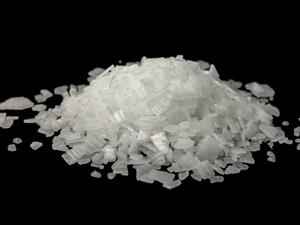
Non-metals are non-ductile in nature (as they are very brittle, they cannot be drawn into wires.)
Hardness:
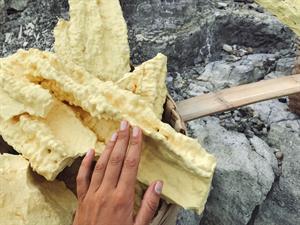
Non-metals are soft except diamond.
Valency:
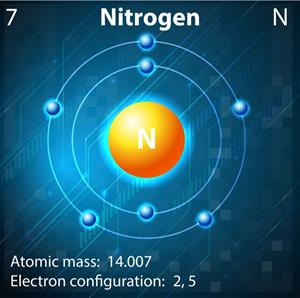
Non-metals have \(4\) to \(7\) electrons in the outermost shell.
Conduction:
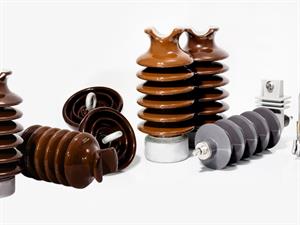
Non-metals are poor conductors of heat and electricity except graphite.
Density:
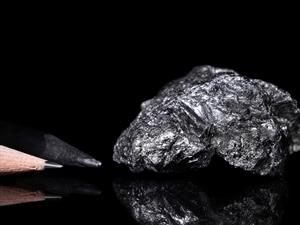
Non-metals have low density.
Sonorous:
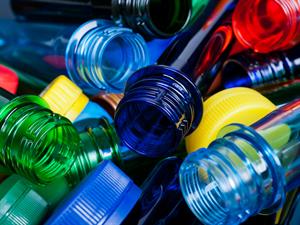
Non-metals make a dull sound.
Melting and Boiling Points:
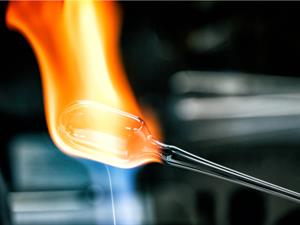
Non-metals have low melting and boiling points except sodium and potassium, which has a low melting and boiling points.
The materials which generally possess the above properties are called Non-metals.
Example:
Oxygen, carbon, sulfur, hydrogen, phosphorous, nitrogen, chlorine etc.
